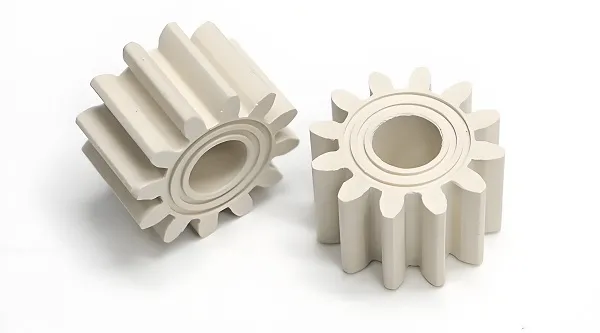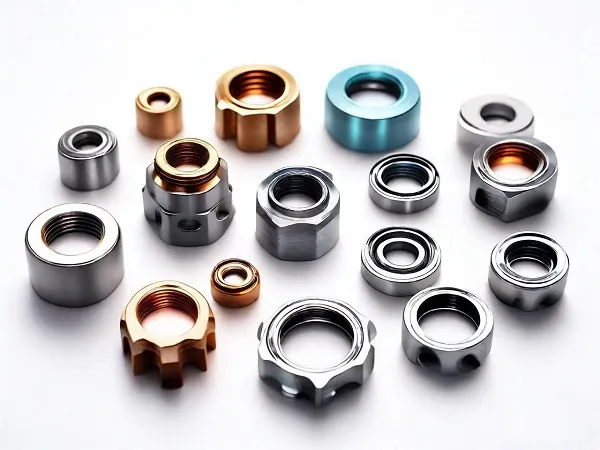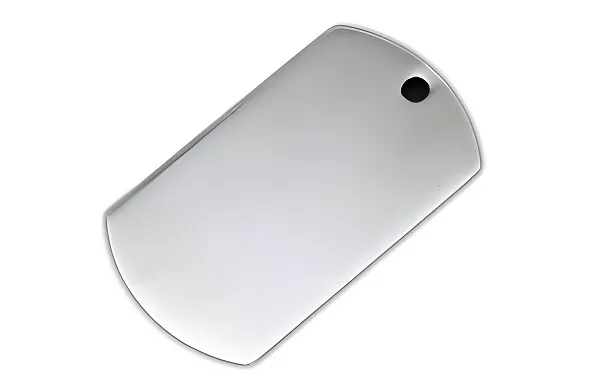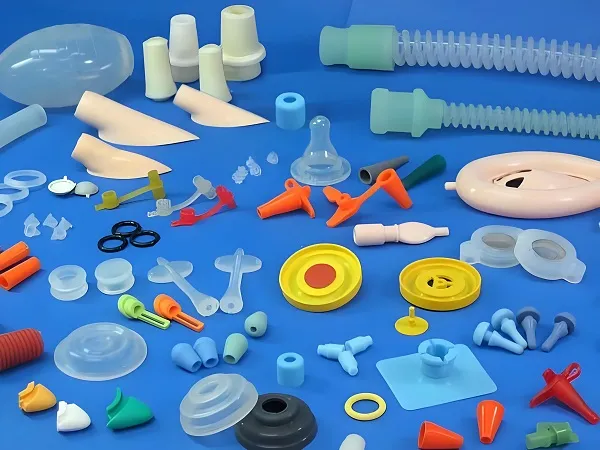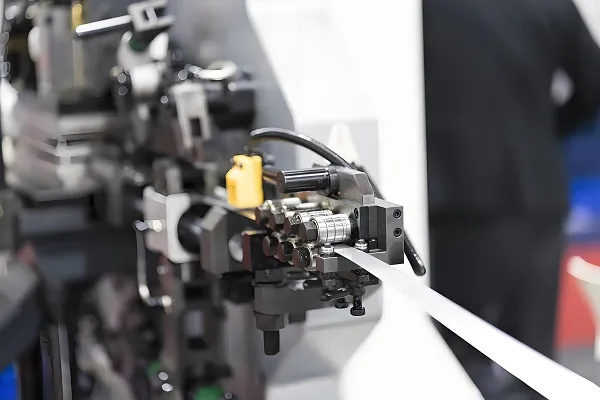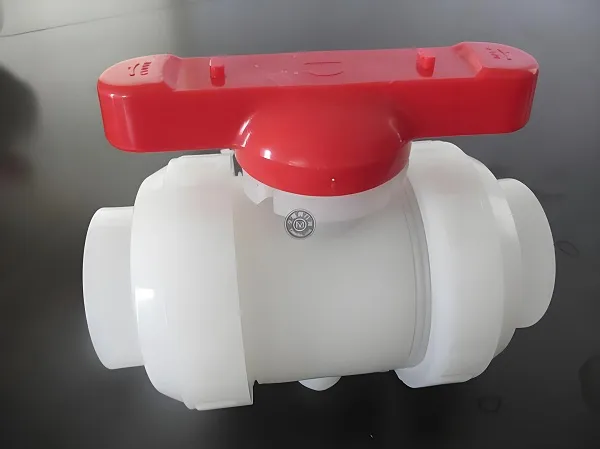1. Technical Overview of Plastic Injection Molding
Plastic injection molding is a cornerstone of modern manufacturing, enabling mass production of complex parts with high precision. In China, suppliers leverage advanced technologies such as digital control processing, mold flow analysis, and multi-material compatibility to optimize production efficiency and quality. Key industries served include automotive, medical devices, consumer electronics, and household appliances, where material selection, surface finish, and structural integrity are critical45. This article explores material distinctions, case studies, and technical workflows to guide engineers and procurement teams in selecting reliable Chinese suppliers.
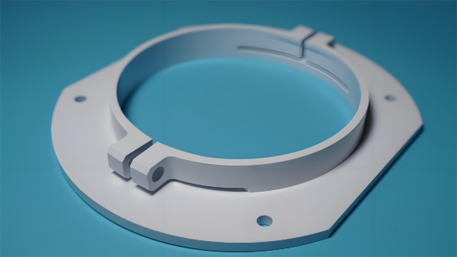
2. Technical Documentation: Plastic Material Comparison
Selecting the right plastic material involves evaluating physical properties, functional requirements, cost-effectiveness, and scalability. Below is a comparative analysis of common materials used in injection molding:
| Material | Tensile Strength (MPa) | Heat Resistance (°C) | Chemical Resistance | Cost (Relative) | Typical Applications |
|---|---|---|---|---|---|
| ABS | 40–50 | 80–100 | Moderate | Low | Automotive interiors, housings |
| PC | 60–70 | 120–135 | High | Medium | Transparent covers, medical devices |
| PP | 25–35 | 100–120 | High | Low | Packaging, hinges, living hinges |
| PA (Nylon) | 70–90 | 150–180 | Moderate | Medium | Gears, bearings, high-stress parts |
| POM (Delrin) | 60–70 | 90–110 | High | Medium | Precision mechanical components |
Engineer Recommendations:
- ABS: Ideal for cost-sensitive projects requiring impact resistance.
- PC: Choose for optical clarity and high-temperature environments.
- PA 6/66: Optimal for wear-resistant mechanical parts.
- PP: Prioritize for lightweight, chemically resistant components.
3. Customer Case Study: Custom Plastic Bracket for Medical Devices
Client Pain Point: A European medical equipment manufacturer required lightweight, sterilizable brackets for portable devices but faced challenges with warping and inconsistent wall thickness.
Technical Challenges:
- Achieving ISO 13485-compliant dimensional stability.
- Balancing thin-wall design (1.2 mm) with structural integrity.
Solution: - Material: Medical-grade PC/ABS blend for sterilization compatibility.
- Process: Gas-assisted injection molding to eliminate sink marks.
- Tooling: High-precision mold with conformal cooling channels.
Results: - Defect rate reduced from 12% to <1%.
- Production cycle time shortened by 25%.
4. Surface Finishing Processes
| Process | Characteristics | Applications |
|---|---|---|
| Texture Etching | Creates matte or patterned surfaces | Automotive dashboards, grips |
| Electroplating | Adds metallic luster; improves wear resistance | Consumer electronics, decorative parts |
| UV Coating | Enhances scratch resistance and gloss | Transparent covers, medical equipment |
| Pad Printing | Enables multi-color logos on curved surfaces | Tool handles, packaging |
5. Custom Plastic Parts Workflow
- Requirement Analysis: Define material, tolerances, and volume.
- Mold Design: CAD modeling with Moldflow simulation for stress analysis.
- Prototyping: Rapid tooling (15-day lead time) for design validation.
- Mass Production: Automated injection molding (40–800T machines) with robotic part removal.
- Post-Processing: Secondary operations (e.g., assembly, painting).
6. FAQ: Plastic Injection Molding
Q: How to reduce tooling costs for low-volume production?
A: Use aluminum molds for runs <10k units or rapid prototyping with 3D-printed inserts.
Q: What certifications should suppliers have?
A: Prioritize ISO 9001, IATF 16949 (automotive), and ISO 13485 (medical).
Q: How to ensure color consistency?
A: Opt for masterbatch pre-mixing and controlled drying processes.

